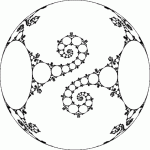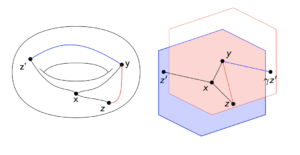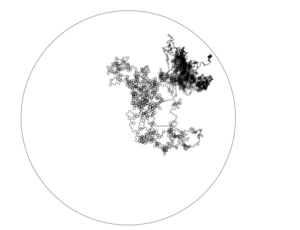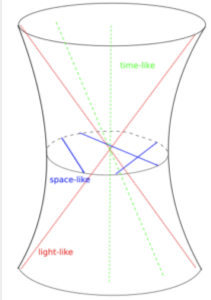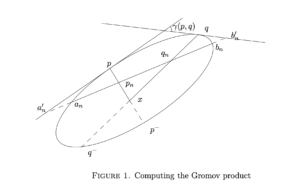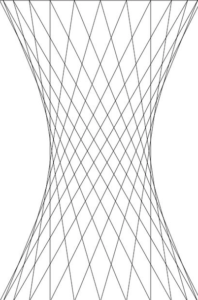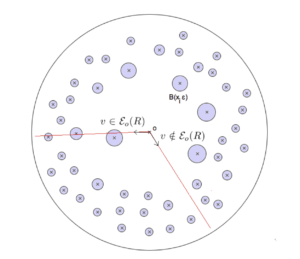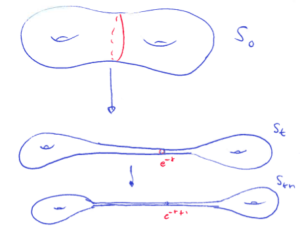Olivier Glorieux, Samuel Tapie
We study the critical exponents of discrete subgroups of a higher rank
semi-simple real linear Lie group $G$. Let us fix a Cartan subspace $mathfrak
asubset mathfrak g$ of the Lie algebra of $G$. We show that if $Gamma< G$ is
a discrete group, and $Gamma’ triangleleft Gamma$ is a Zariski dense normal
subgroup, then the limit cones of $Gamma$ and $Gamma’$ in $mathfrak a$
coincide. Moreover, for all linear form $phi : mathfrak ato mathbb R$
positive on this limit cone, the critical exponents in the direction of $phi$
satisfy $displaystyle delta_phi(Gamma’) geq frac 1 2
delta_phi(Gamma)$. Eventually, we show that if $Gamma’backslash Gamma$ is
amenable, these critical exponents coincide.
2020
